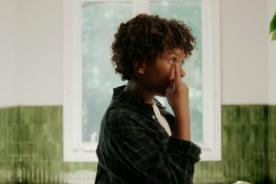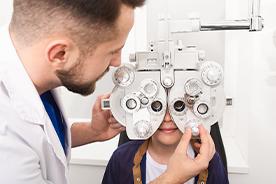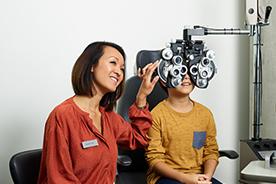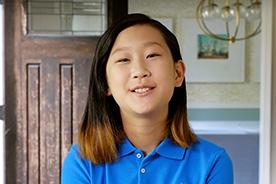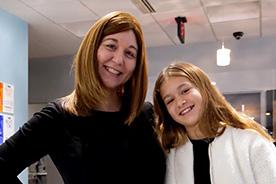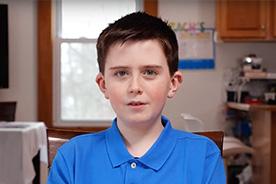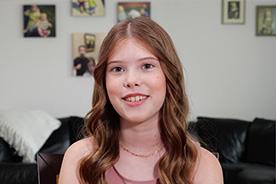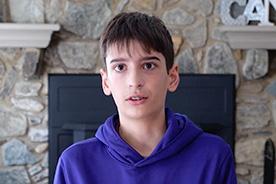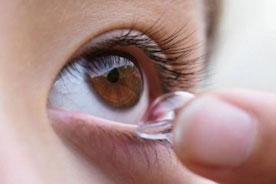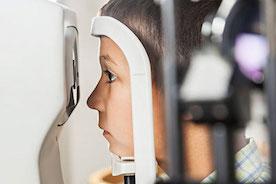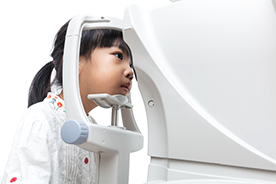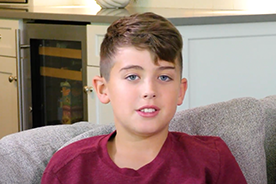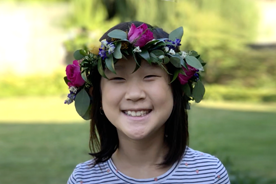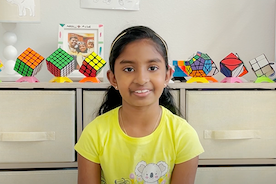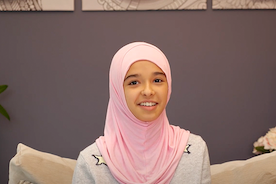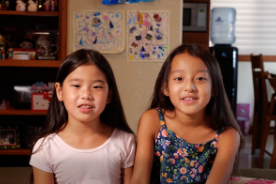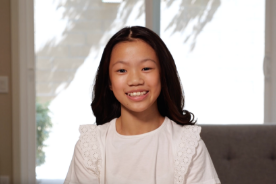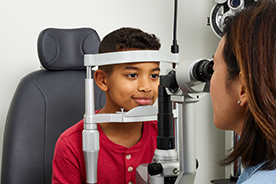Myopia, or nearsightedness, is a common vision problem that often begins in childhood, around ages 5-14, and continues to worsen until early adulthood.1 It affects an estimated 5% of preschoolers, about 9% of school-aged children and 30% of teenagers.2
If your child has been diagnosed with myopia, one of your first questions might be whether there’s a cure. In short, myopia is not curable, nor can it be reversed. But it can be treated.
Myopia management goals are to correct your child’s vision and help prevent it from getting worse. This is important for protecting their eye health in the future, even if they still need glasses or contact lenses.2
What is childhood myopia?
Myopia is a condition that makes it difficult to see things clearly in the distance. Chances are, you’ve heard it called nearsightedness or shortsightedness, because myopic eyes can see close-up more easily. If your child has to squint to see objects at a distance, they could have myopia.
Myopia happens when the eye grows faster than it should and longer than it should. When that happens, the eye becomes weaker, leading to vision problems like glaucoma, cataracts, and others.3
For perfect vision, light needs to focus directly on your retina—tissue that lines the back of the eye. Because myopic eyes are longer, light focuses in front of the retina, which causes a blurry image when viewing objects in the distance. This is similar to when a camera is out of focus. The child may squint to help see distant objects and could experience side effects like headaches, eyestrain, and fatigue.1
Children are more likely to develop myopia if their parents are nearsighted, but myopia is on the rise overall, especially in kids.4 Experts believe that could be related to more time doing close-up tasks indoors, like using computers and tablets, playing video games, and generally spending more time on screens and less time outdoors.1
Advice from the experts
While there’s no cure for your child’s myopia, there are everyday things you can be mindful of when it comes to your child’s eye health, including cutting down on activities that lead to eye strain:
- Limit screen time, including televisions, smartphones, tablets and video games5
- Encourage your child to get outside and play7
- Go on errands with your child to limit indoor time, potentially on screens7,8
- Suggest screen breaks so your child’s eyes can relax5
- Schedule regular eye exams5 starting in infancy or early childhood
- Watch your child for signs of vision concerns, such as squinting, complaining of blurred vision or headaches, or sitting too close to the television
The importance of early myopia (nearsightedness) detection and treatment
Early intervention is key because myopia progresses more quickly in younger children, since they’re growing and developing quickly.6 That’s why 92% of eye care professionals agree it’s important to address children’s eye conditions and slow myopia progression as early as possible—ideally before they turn 10.7҂
“If you have a minus-one 22-year-old, we can celebrate that,” CooperVision Senior Manager of Myopia Management Dr. Justin Kwan, OD, FAAO, says. “But if we have a minus-one kindergartener, we need to get on top of that, because they’re growing so fast.”
So, a diagnosis of low myopia in a young child may not seem so bad, but it can get worse with age, which is why early intervention is key to slowing myopia’s progression.6
Until recently, traditional glasses and contact lenses in the U.S. were developed only to correct blurred vision. That changed with the introduction of MiSight® 1 day, a contact lens that’s clinically proven to slow the progression of myopia in age-appropriate children.9 These daily wear, single-use contact lenses are the first and only± FDA-approved* lenses to slow the progression of myopia when prescribed for children 8-12 years old at the initiation of treatment.9†
Lifestyle tips for your child’s myopia management
Again, there’s no cure for myopia in children. But in addition to getting the right treatment for your child—as early as possible—there are lifestyle adjustments you and your child can work on for their eye needs to help slow the progression of their nearsightedness, like getting them outdoors as much as possible; spending less time on smartphones, tablets, computers (and screens in general); and encouraging your child to increase the distance between their eyes and smartphones, computers and reading materials.7, 8
You can also improve the lighting in your child’s room, especially when they’re performing up-close tasks.10 Engaging in activities that involve looking out into the distance even a little more than they do now—like taking your child with you on errands (no screen time enroute!), going for a walk or playing on a playground—are easy and realistic lifestyle changes that will help your child’s myopia management.10
These lifestyle tips can keep your child’s eyesight from getting worse.5




